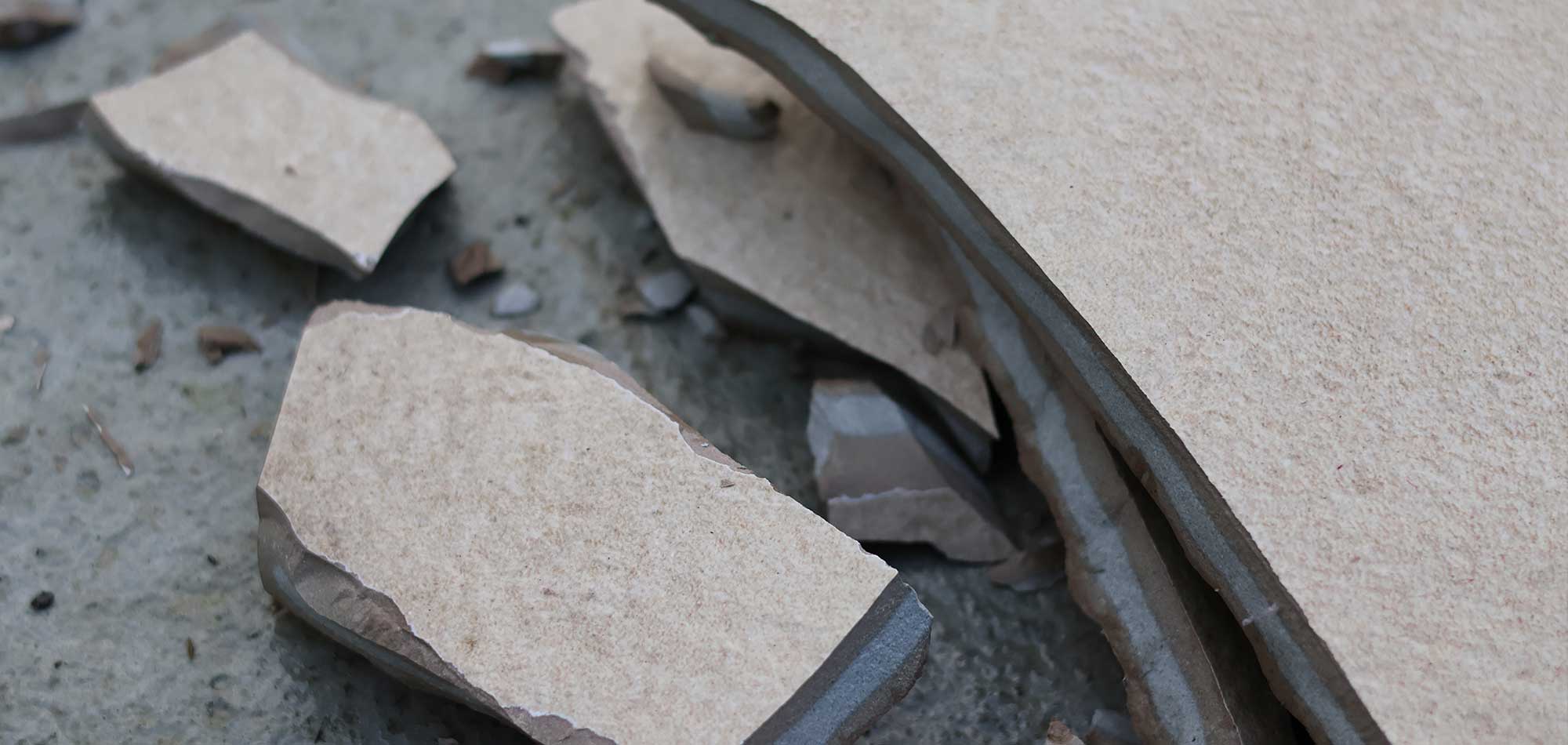Though the effects of wind uplift on roofing are widely understood and compensated for, the damage caused to balconies and terraces has not received the same level of attention.
Our commitment to providing safe, secure, and future-proofed terrace and balcony systems featuring innovative components that are precision engineered for reliable, long-lasting performance led us to design and supply a solution to deal with wind uplift, as well as advise and inform professionals on how to de-risk their projects against adverse weather conditions.
What is wind uplift?
Wind uplift occurs when powerful winds encounter the vertical surfaces of a building, forcing the winds to accelerate up and over the structure. When winds meet a surface greater than 45 degrees to the vertical axis (such as a balcony, terrace, or pitched roof) as they travel up the building, the pressure below the surface increases, and the pressure above decreases. This pressure imbalance causes a push-pull effect that can detach the balcony and terrace flooring from the substructure that supports it.
What are the consequences of wind uplift?
Wind uplift causes considerable damage to balconies, terraces, and the building to which they are attached. In some cases, it can also damage surrounding buildings and public infrastructure, endangering the safety of people in the vicinity. The costs associated with repairing wind uplift damage can be significant and impact the reputation of architects and construction specialists responsible for the project. Expensive remedial works, extensive PR management and the potential for litigation ensure it pays to understand and mitigate wind uplift on balconies and terraces.
Wind uplift – a growing concern in the urban environment?
While cities are generally perceived to reduce wind speeds due to the significant friction forces produced by building surfaces, they also add an element of unpredictability. The frictional forces create turbulence, resulting in rapid and strong changes in wind direction and speed.
Tightly packed buildings can also create urban canyons, where the wind is channelled through narrow passes, accelerating as it does so. With 84% of the UK population living in an urban environment – a figure which has increased year-on-year since 1990 – and cities becoming more densely populated, new micro-climatic considerations will impact how we design and construct our urban spaces (Satista, World Bank). One of the key considerations will be wind uplift.
Climate change is also a crucial factor. While studies show that average wind speeds appear to be falling – a trend dubbed the “global stilling” – there are regional discrepancies. For instance, some studies point towards an increase in average wind speeds in northern Europe and a fall in central Europe (GreenMatters). However, there seems to be a general agreement that there will be global increases in maximum wind speeds and the number of Category 4 and 5 storms, both of which add to the challenges associated with wind uplift (MetOffice).
Is there a technical solution to prevent wind uplift?
The short answer is yes!
To mitigate the effects of wind uplift, we design, manufacture, and supply rail and pedestal systems for balconies and terraces, which are fitted with clever mechanical fixings to ensure the entire system is ‘clamped’ securely in place.
To preserve the aesthetics of a beautiful finish, we designed our wind uplift solution to be an ‘out-of-sight’ and easy-to-install, highly versatile component for our TerraSmart® Rail system. It acts as a spacer, slots into grooved tiles, and will slide into the rail, to secure the system down and give you complete peace of mind. For our TerraSmart® Pedestal system, we offer a visual wind-uplift mechanical fixing, which screws into the top of the pedestal head and clamps the tiles onto the pedestals to secure the finish into place.
Our wind uplift solution clamps the system securely in place, ensuring the structural integrity of paving and decking when exposed to winds over 200 mph.
How it works
Are you ready to de-risk your project?
If you want more information on wind uplift, the associated risks to your project, and the technical solutions available, speak to one of our experts. You may be surprised to discover how easy it is to de-risk your project or building. Our surveyors can provide advice and guidance on implementing wind uplift solutions, securing your project and safeguarding against very expensive remediation costs.





